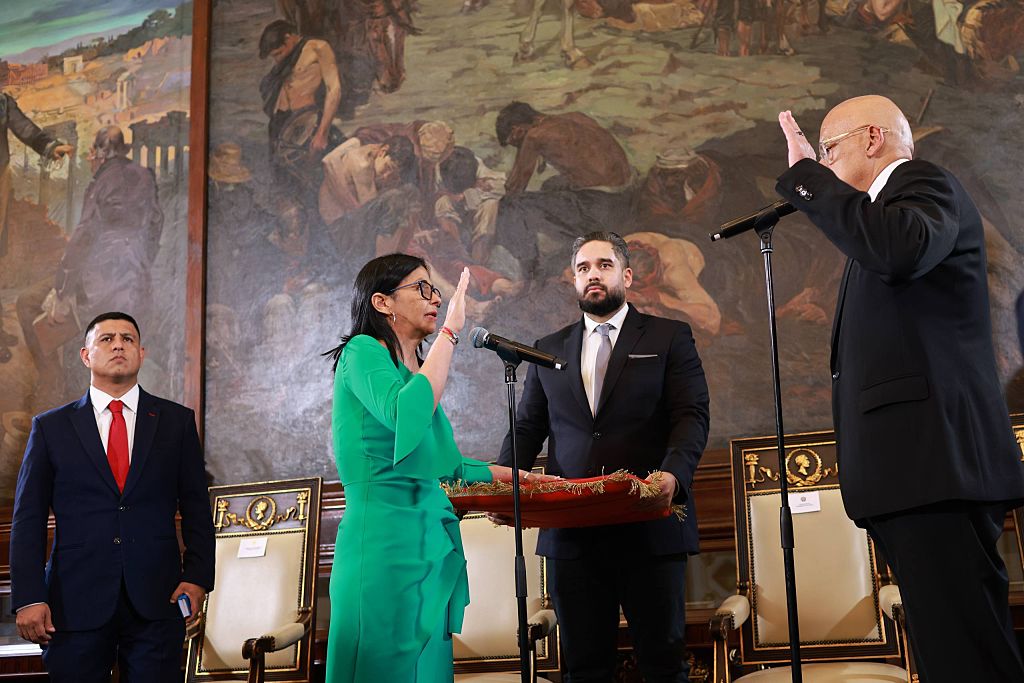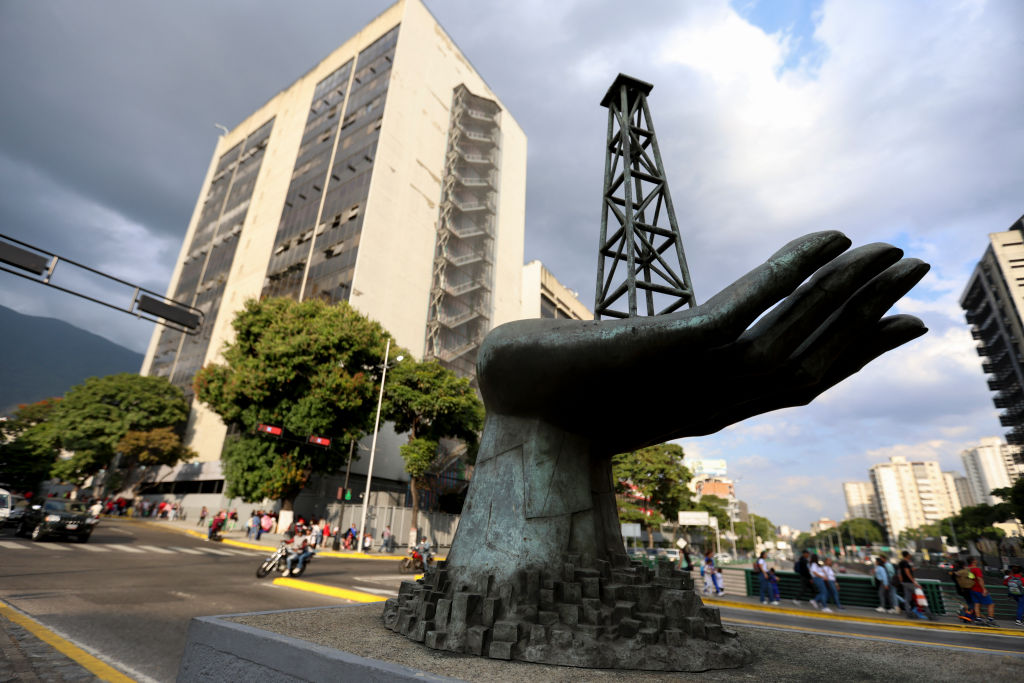Mexico Country Update
Mexico Country Update
- Calderón’s Foreign Travels
- Economic Policy
- Domestic Politics
- Conflict in Oaxaca
Calderón’s Foreign Travels
As shown by his recent trip to nine Latin American countries, Felipe Calderón’s foreign travels signify that he has abandoned the low post-election profile and is now ready for frequent public appearances both in Mexico and abroad. The trip, which began on October 2, demonstrated the next administration’s emphasis on regaining Mexico’s leadership role in the region, as Calderón’s chief advisor for international affairs, Arturo Sarukhán, has publicly affirmed.
In Central America, the president-elect stressed the strategic importance of the Plan Puebla Panama - a regional development program that will improve transportation links, and connect power, telephone and gas grids. In Chile, Calderón reinforced relations with President Bachelet and supported the Strategic Association Agreement between Chile and Mexico - a “second-generation” bilateral treaty focused on political, economic and cooperation issues. After a short meeting with President Kirchner in Argentina, Mr. Calderón ended his tour in Brazil where he discussed Mexico's possible entry into Mercosur with President Lula. Future Pemex-Petrobras cooperation in deep-water exploration was also on the agenda.
On October 26, Calderón traveled to Ottawa to meet with Canadian Prime Minister Stephen Harper. The two leaders agreed on the importance of reinforcing the North American Free-Trade Agreement (NAFTA) in the next decades, as well as creating a development fund that would assist North America’s poorest regions. On November 9, Felipe Calderón is scheduled to meet President George W. Bush. According to Sarukhán, the discussion will likely focus on immigration, with Calderón expected to convey his misgivings about the effectiveness and impact of the fence on immigration and regional relations. Reduced northern migration will come with the creation of more and better jobs.
Economic Policy
Calderón hinted at the composition of his economic team and future economic policy with the appointment of Agustín Carstens as his transition team’s economic coordinator. Carstens, a well-regarded PhD graduate from the University of Chicago, resigned as second deputy managing director at the International Monetary Fund (IMF) on October 16. He previously served as Mexico’s deputy finance minister. In a televised interview, Carstens stressed the importance of economic diversification and the need to decrease oil dependence. He also emphasized simplifying the tax regime while increasing public spending. At a conference in Monterrey, Carstens stated that the government will concentrate on three sectors to create jobs and spur economic growth - housing, tourism and construction. Calderón is expected to announce his cabinet in the last week of November.
Domestic Politics
Continued post-election political maneuvering continues to dominate domestic politics. In the Tabasco state elections, held on October 15, the Democratic Revolutionary Party (PRD) candidate, Raúl Ojeda, suffered an overwhelming defeat to his Institutional Revolutionary Party (PRI) challenger, Andrés Granier, despite Andrés Manuel López Obrador’s (AMLO) active campaigning for several weeks leading up to the election. The PRD plans to contest the election.
Despite the PRD loss in his home state, AMLO is continuing with plans to be declared Mexico’s “Legitimate President” on November 20 – the day marking Mexico’s 1910 Revolution. Meanwhile, three of the five PRD governors met publicly with Felipe Calderón in the context of the Mexico 2030 forum, sending a clear signal that they intend to work with the president. In explaining the meeting, Zeferino Torreblanca of Guerrero, Amalia García of Zacatecas and Lázaro Cárdenas of Michoacán stated the need to look past political differences for the good of constituent interests.
Conflict in Oaxaca
After five months of ongoing conflict in Oaxaca, the federal police stormed the city’s colonial center to remove protesters who had been holding the city hostage. This conflict sets a dangerous precedent of lawlessness and underscores potential difficulties to be faced by the Calderón government in confronting drug traffickers, radicalized protest groups, and other criminals. Beginning as a teacher’s union strike in late May, matters later escalated when Governor Ulises Ruiz (PRI) instructed police forces to remove protesters from the main square. In response, a group of left-leaning political groups merged to form the Popular Assembly of the Peoples of Oaxaca (APPO), with their main goal being the governor’s removal. It is unclear whether Ulises Ruiz will resign, but he appears to have lost party backing and the Federal Senate has even urged him to consider taking a leave of absence. With polls showing Mexicans opposing the use of force, Oaxaca could be the first domestic challenge faced by Mr. Calderón.








